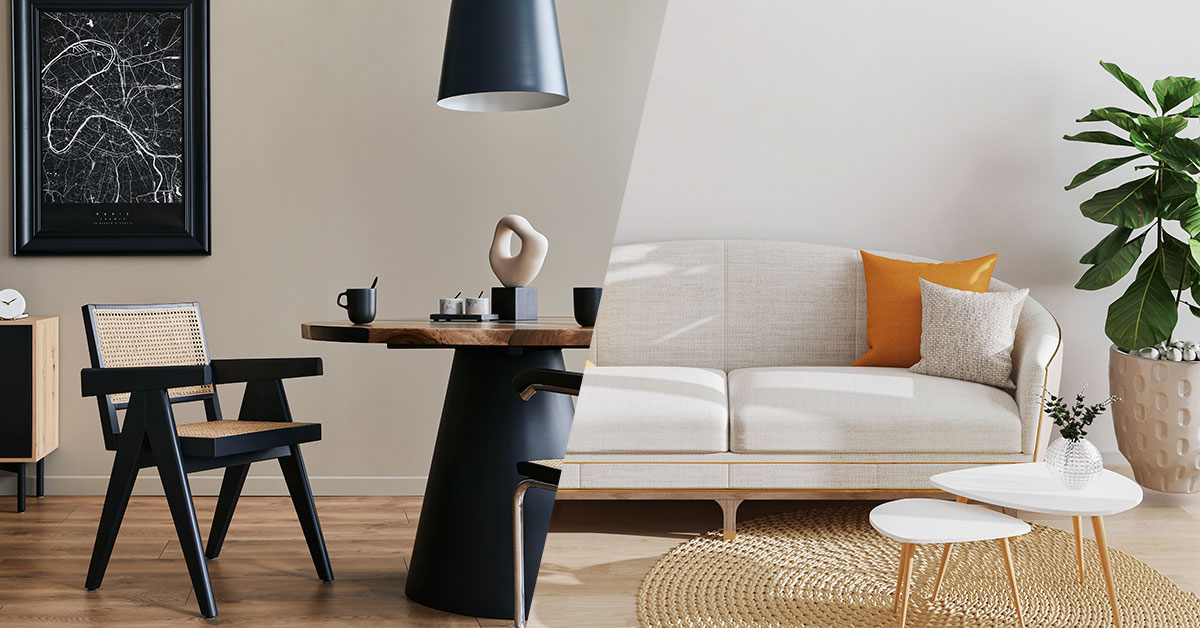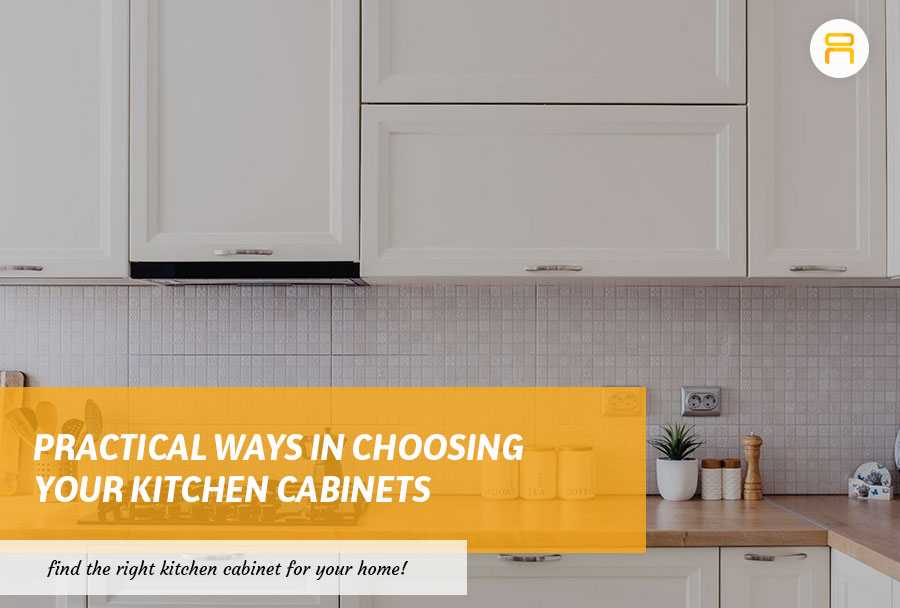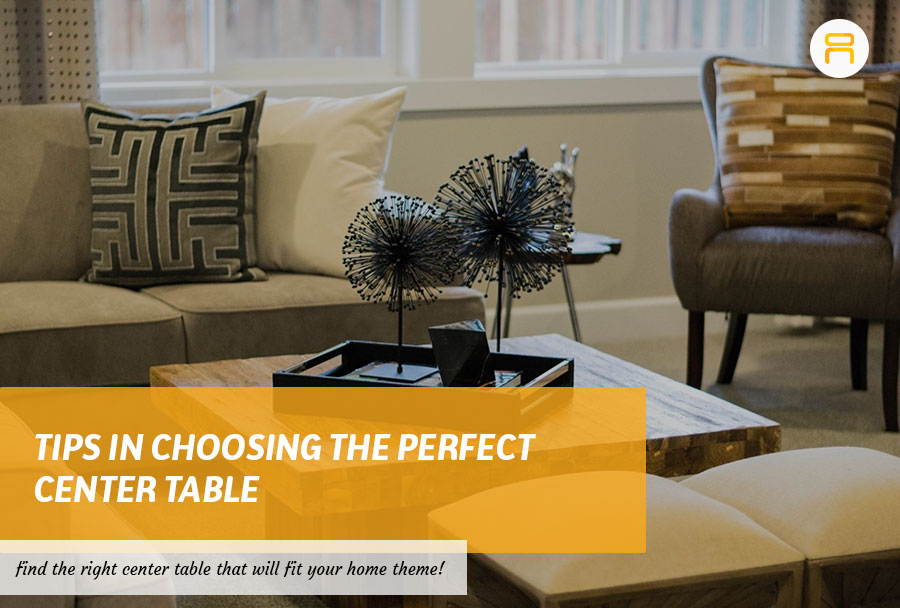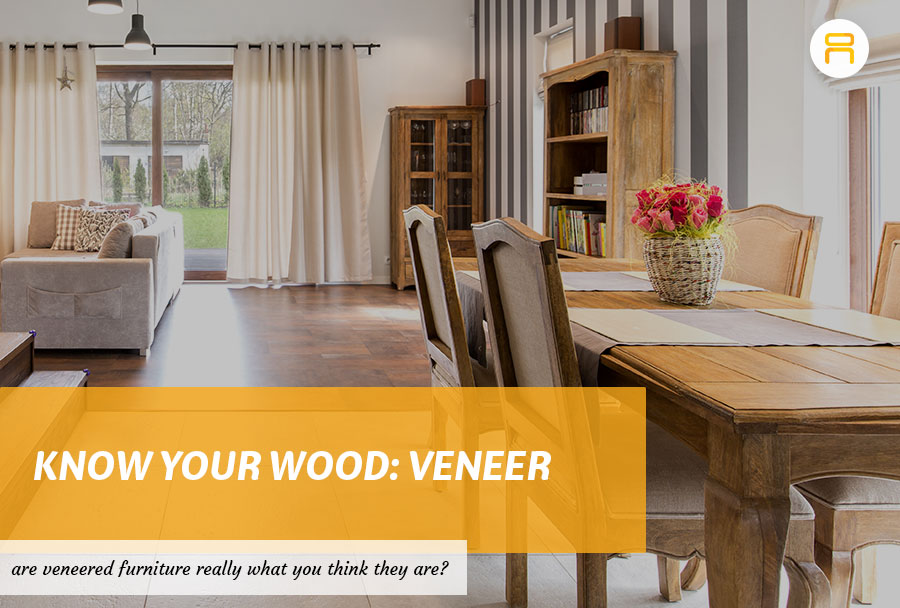
Know Your Wood: Veneer
Buyers usually stay away from veneers because they peel and chip quickly, though these veneer horror stories have long been put to shelves thanks to modern manufacturing techniques. Veneers don’t chip as easily now because of various substances that coat the boards, and edge banding techniques.
A rampant misconception about veneers is they’re less expensive and durable compared to solid wood. Veneers are most often more durable and expensive than solid wood because veneered tables can come in elaborate patterns and designs, and use a durable solid wood base for the legs and table, so it is also not true that they’re less durable.
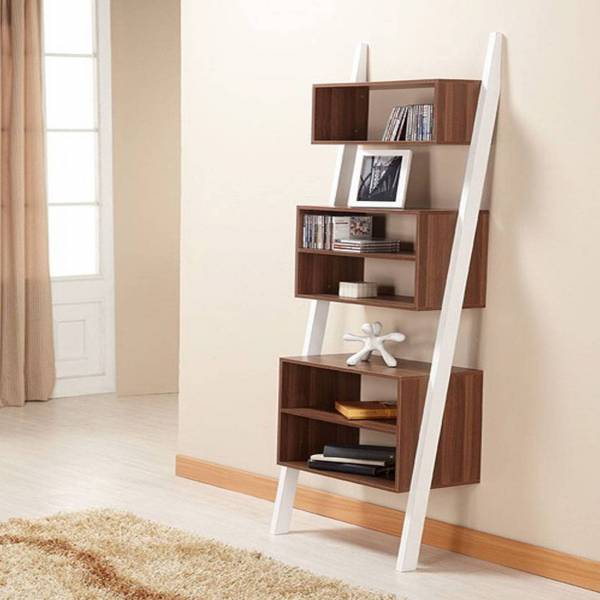
Rafiya Leaning Bookshelf for P 6,950.00
Veneer boards are made from thin slices or pieces shaven from solid wood and bonded on top of a solid base, or multiple chunks of wood glued together to make a pattern. The pattern produced by bonding veneered chunks produces a “puzzle”-esque surface, and this is usually used in sophisticated or modern architecture. These strips are bonded using high-grade glue so they’re very durable; in fact, they’re actually more durable than solid wood, and veneers are undoubtedly one of the strongest manufactured woods available. Veneer is also used in high-end furniture.
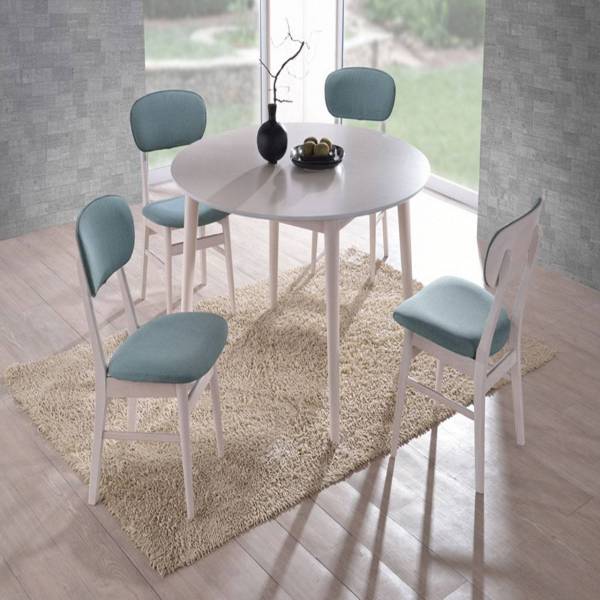
Devaugn Dining Set for P 23,950.00
Veneered boards can most often be seen in doors, cabinets, side panels, surfaces and floorings. They don’t warp and split like solid wood boards, so veneered furniture can be used outdoors, where they’re exposed to direct sunlight. Veneers also retain their shape albeit the season changes.
Manufacturing veneered furniture is also much more eco-friendly, because it requires less wood resources compared to solid wood. Because wood strips and not wood boards are utilized, an inch-thick log can be used to produce multiple veneered tables, compared to when you’re producing a single solid-wood table. This huge save in resources allow more furniture to be produced from a single tree, and in requiring less logs less trees will be cut.
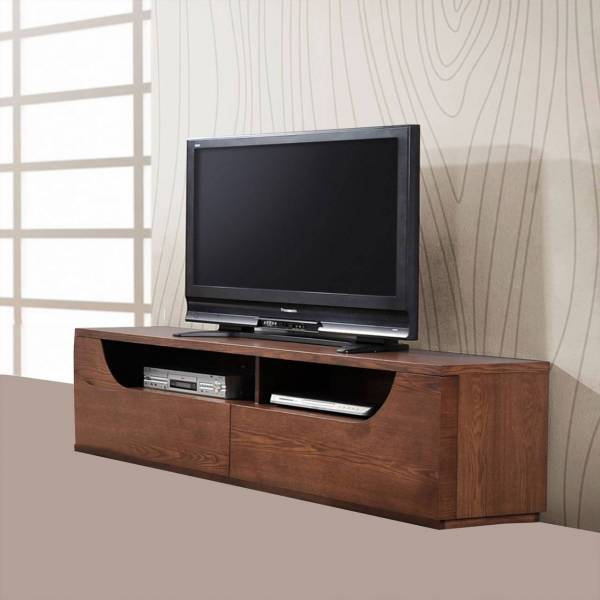
Elton TV Cabinet for P 19,950.00
One clear disadvantage of having veneered furniture is obviously the repair cost. Because of the way it is manufactured, dents and scrapes must be handled with care, and veneers must not be teared apart by non-professionals, because of the danger of the surface board and the base board splitting. Splits and delamination in sturdy veneers are difficult to repair, because the materials used are usually very difficult to cut and alter.

Tierre Sofa Table for P 6,995.00
For buyers on a budget, MDF is definitely preferable over veneer, and with the right manufacturing techniques, MDFs can look as beautiful as veneered furniture. However, if you want to decorate a patio, a balcony or a kitchen, buying a few veneered furniture should be justifiable because of their clear advantages. If you want that high-end look and feel, maybe a little splurge on the interiors isn’t a bad thing– just don’t break the bank.
-Megan

